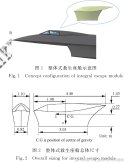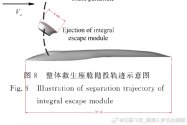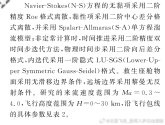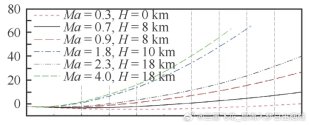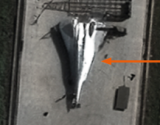Question is what can you do with high supersonic/ hypersonic manned aircraft that you can't do with ballistic missiles, HCMs combined with stealth strike aircraft with much more range and payload. Nothing useful that's worth the extra effort. My guess as to why China's pouring in so much material and energy into this is because the first few generations may not be worth much compared to existing alternative platforms but this technology branch is certainly worth pursuing and what better time to start making an effort than the very moment when you realise something is worthwhile.
Since we're talking about high-supersonic if not hypersonic aircraft (honestly I'd prefer the latter to be the case) that is capable of taking-off and landing with its own propulsion - This would mean operational altitudes ranging from 20 to 40 kilometers (or ~66000 to ~131000 feet) with TBCC engines.
In this regard, strategic ISTAR would be a good start, where the advantages of extreme high speeds and altitudes relative to the Malan WZ-X means the ability to quickly transit to areas of interests, especially when dealing with time-sensitive and objective-critical missions and/or targets, alongside the ability to better evade interception efforts than its mid-subsonic counterparts.
From there, we could advance further into having shallow IWBs for intercepting enemy airborne assets at ultra-long-range distances using ULRAAMs with (largely) ballistic trajectories. Moreover, if the ULRAAMs have certain hypersonic gliding capabilities, the effective interception ranges could be expanded even further.
There could also be the potential with ASAT capabilities, though I caution against going any further than that, especially considering the immense degree of complexity, challenges and costs of which such platforms' procurement and operation would entail.
